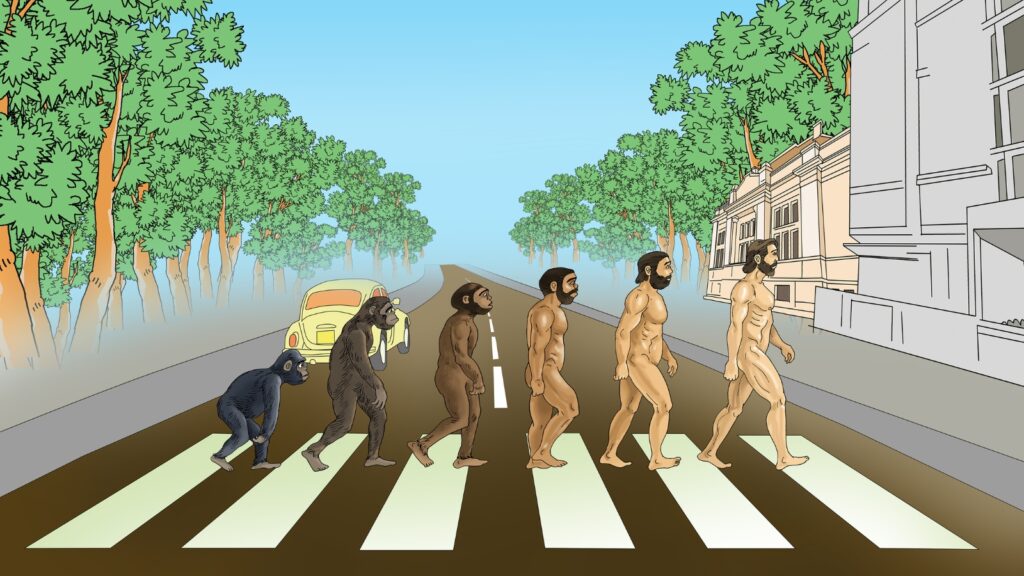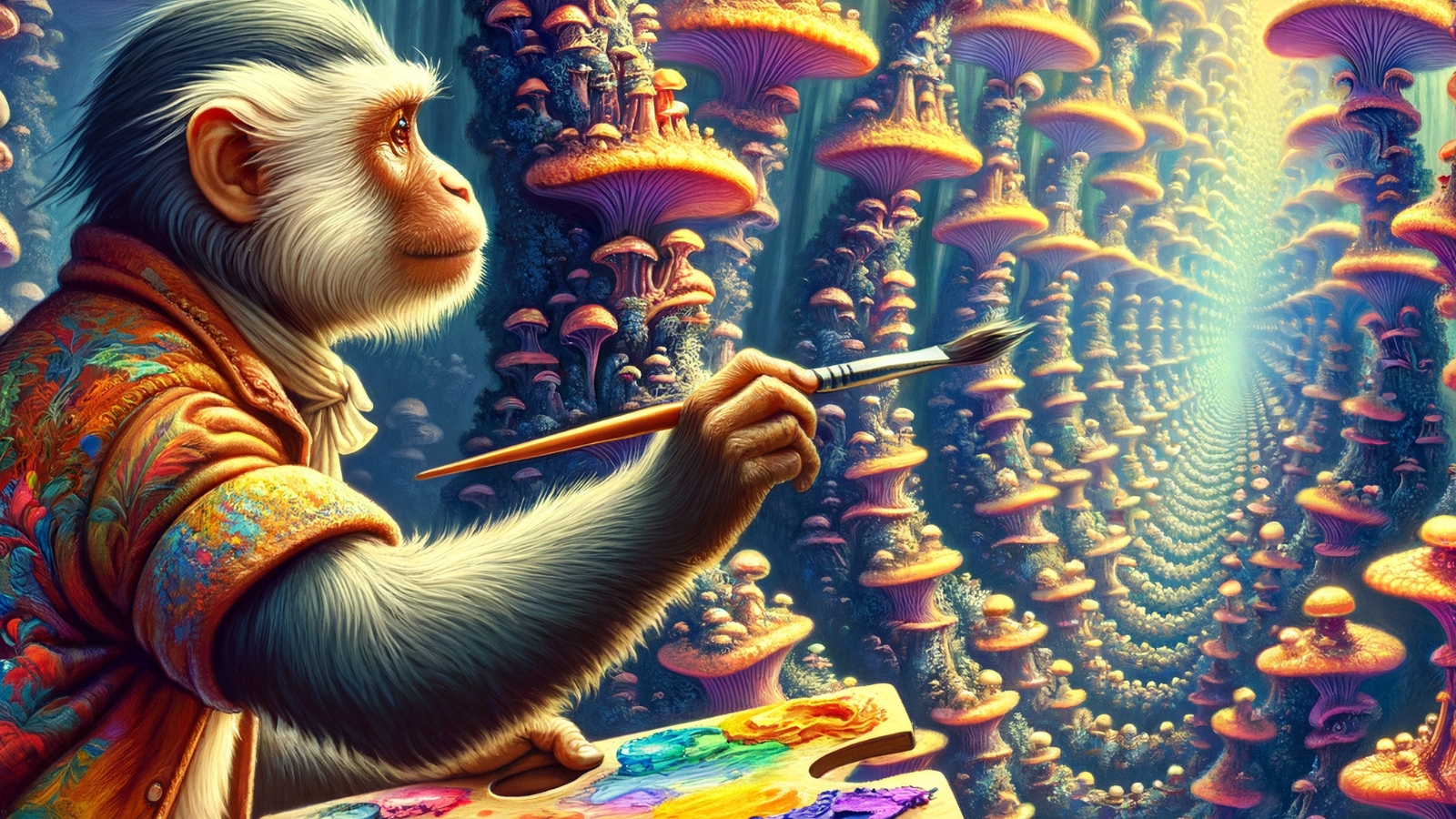The Story Breakdown
Who: Paul Stamets, various researchers and media outlets
Where: Multiple publications, Online Platforms and Psychedelic Science 2017
When: August 2024
What: Renewed interest in the “Stoned Ape Theory” of human evolution
Why: Misinterpretation of a literature review as “new research”
The Nitty-Gritty
The psychedelic community is buzzing with excitement over seemingly “new research” supporting the Stoned Ape Theory. But here’s the twist: there isn’t actually any new research.
Let’s break down what’s really going on:
- Old Theory, New Hype: The Stoned Ape Theory, proposed by Terence McKenna in the 1990s, suggests psychedelic mushrooms played a role in human evolution.
- Literature Review, Not New Study: The recent buzz stems from a literature review published by the Miguel Lillo Foundation, not groundbreaking new research.
- Multidisciplinary Approach: The review examines existing studies from biology, ethnobotany, and neuroscience related to psilocybin and human consciousness.
- Evolutionary Speculation: The authors explore how mushroom consumption might have influenced early human development, from improved hunting to enhanced creativity.
- Brain Effects: The review highlights psilocybin‘s impact on areas like the prefrontal cortex and hippocampus, linked to memory and decision-making.
The Plot Thickens
Before you start (or stop) imagining our ancestors tripping their way to higher consciousness, consider this:
- The Stoned Ape Theory remains speculative and lacks direct empirical evidence.
- Many scientists are skeptical of drawing such broad evolutionary conclusions from limited data.
- The renewed interest seems to stem from discussions at the Psychedelic Science 2017 conference, not new discoveries.
- The theory’s appeal lies more in its thought-provoking nature than its scientific rigor.
BUT:
- Multiple reputable researchers, including Paul Stamets, have voiced their enthusiasm for this hypothesis. As he stated, Psilocybe does indeed grow the brain, and as our ancestors consumed these mushrooms, they remain a compelling and thought-provoking candidate for the rapid doubling of the brain cavity within that approximate 2two million-year window of our evolution.
- A separate genomic study published in January 2024 revealed novel data that lends minor support to the Stoned Ape Theory. The study suggests that psilocybin biosynthesis arose in Psilocybe around 67 million years ago, giving our ancient ancestors ample time to experiment with and possibly develop a relationship with these funky fungi.

The Bottom Line
So, is there new evidence for psychedelics shaping human evolution? Not really. What we’re seeing is a renewed interest in an old, controversial idea.
The Stoned Ape Theory remains an intriguing thought experiment rather than a scientifically proven hypothesis.
However, it’s crucial to distinguish between speculation and proven fact. The recent buzz highlights the need for critical thinking in science communication, especially when it comes to eye-catching theories.
A Fresh Perspective
Here’s the thing: even without concrete proof, the Stoned Ape Theory sparks valuable discussions. It encourages us to consider the complex interplay between biology, environment, and consciousness in human development.
Regardless of its hypothetical status, it remains a highly-compelling idea first presented within the pages of one of the best-selling psychedelic-related books of the last century. Food of the Gods was written by the late and great, Terrance McKenna himself—a man with an idea who pushes us to think creatively about human evolution and consciousness, which, without a shred of doubt, has undeniable value in itself.
The theory’s resurgence shows how captivating ideas can persist and evolve in scientific discourse. It also highlights the ongoing fascination with psychedelics’ potential to reshape our understanding of the mind.
Moving forward, the challenge is to channel this enthusiasm into rigorous research. While we may never prove that mushrooms made us human, exploring their effects on consciousness and cognition could yield valuable insights for fields like neuroscience and mental health treatment.
And, who knows, by channeling this enthusiasm into further research, this wild and wacky underdog of a hypothesis may yet one day find firmer footings.
The bottom line? Stay curious, but stay critical. The most exciting scientific journeys often start with bold ideas—just remember to pack your skepticism alongside your sense of wonder.















